24 Mar 2021
Food scoring apps in France, a threat or an opportunity for food brands?
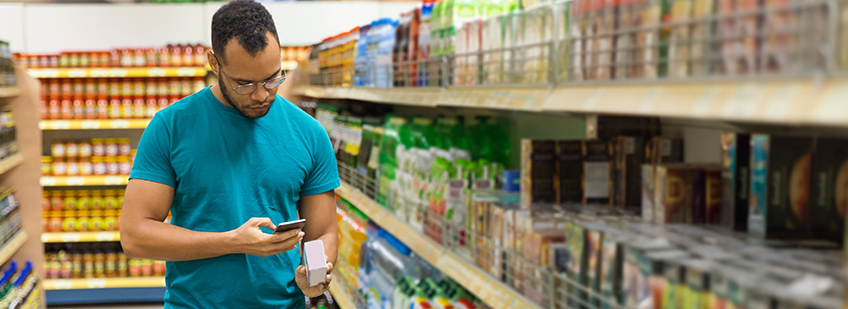
NutriScore, Siga, Nova, Eco-score: for a number of years, food “scoring” systems and a number of apps that tabulate them have been addressing a dual expectation from French consumers – an expectation of transparency (to know more about the products they are buying) and a desire for simplification (to better understand the information found on packaging). While these scores are displayed on packaging on a voluntary basis, many consumers are becoming adepts of apps installed on their smartphones that allow them to “decode” what they are reading: according to Nielson in 2019, 55% of French households used at least one mobile app when doing their grocery shopping, of which 15% were using scoring apps such as Yuka or ScanUp.
And this trend is generating column inches and wildly diverging opinions in France: professionels are warning of biases and misrepresentations, while consumer advocates ask what manufacturers are trying to hide.
Whatever your stance, the fact is that French consumers are using these apps. And markets, innovations and products only exist to be bought by consumers at the end of the line. I would thus like to use this article to shed some light on the popularity of these scoring methods and the associated apps, as it is perhaps time to reexamine their reason for being and to focus on the opportunities as well as the risks.
Tools for optimisation?
Food manufacturers in France, while suspicious of these apps a few short years ago, have been integrating them more and more into their operations. And rightly so: they have understood that they can represent a real tool for identifying improvements. While exploring the calculation criteria for NutriScore, manufacturers can focus on questions such as the salt, sugar or fibre content of their recipes. Seeking to improve their results with these apps is a completely relevent way of structuring goals, while measuring ongoing improvements to the product.
One of our members, MS-Nutrition, is a young company specialised in modelling statistics for nutritional purposes. As well as publishing each year results of scientific studies, this company has developed a web app for professionals that allows them to evaluate and improve the NutriScore of their products (https://ms-nutrition.com/en/web-app/ms-food/). For Florent Vieux, co-founder of MS-Nutrition, the way the score simplifies “is useful for the consumer who can rapidly compare products of a similar category. Also, the scoring incentivises manufacturers to deploy overall optimisation strategies on their products.”
Caroline Péchery, co-founder of ScanUp, also supports the idea of continuous improvement. “We regularly carry out audits of products for food manufacturers (NutriScore, processing level etc.), as well as nutritional mapping for comparison with their main competitors, to look at the positioning and see areas for improvement – whether in terms of nutritional value or the ingredients used. Our goal is above all to contribute to an improvement stategy that is coherent with the product in question.”
A tool for differentiation?
Being able to compare your product with another version, for example reduced in salt or surgar, is indeed helpful. Being able to position your improved product in direct comparison to your competitors’ is also not to be sneezed at.
“Of course there is a marketing strategy behind how to use these scores,” confirms Caroline Péchery. “When a company is spending time and money on R&D to improve their recipes, of course they want that to have an impact on their consumers.”
Nitrite-free meat products, completely natural sweets using only beetroot or spirulina for their colourings, removing any controversial additives… “We can see that food brands are all looking at ways to reformulate to become more clean label,” confirms Caroline Péchery. “There is a lot at stake to being able to stand out from the competition and those that don’t do so are going to find themselves at the bottom of the pile.”
But most of all, a way to connect with your consumers?
What this trend for food-scoring apps teaches us about consumers is that they are VERY interested in what they eat – and that they are looking for digital points of contact with the food industry. “Digitalisation has created new ways of connecting, between consumers, brands and retail,” explains Caroline Péchery (she talks more about another blog article here – in French). Helping consumers make decisions, allowing them to understand precisely what is in each product, this is our role as food professionals. Because, you, better than anyone, know your own products and are able to explain your “scores”, be they nutritional, environmental or any other scoring system.
Of course, there are limits to any scoring system. For example, giving an overall grade to a product, based on the aggregation of several systems, is always going to be a juggling act: it does not allow for a precise understanding of very different values (nutrition, level of processing, environmental impact), and that provides the consumer with a somewhat two-dimensional picture of a product.
“NutriScore is the most used scoring system on packaging. It is very useful for measuring the nutritional value, but it doesn’t allow you go gauge the overall impact of the product. A lot of products with an ‘A’ grade in Nutriscore are in fact highly processed,” says Caroline. “That’s why the ScanUp app shows the NutriScore but also how processed the product is. Now, we are also using Eco-Score, that we launched at the beginning of 2021, that evaluates the environmental impact of a product [you can find more about the Eco-Score calculating method here https://docs.score-environnemental.com/ – in French]. The idea is to provide an overall view of the product’s quality without reducing it to a single number or letter grade.”
This opinion is shared by Siga Care, the company behind the Siga scoring system that evaluates the level of processing a food has undergone. “The health potential of a food cannot be viewed only in terms of its nutritional characteristics. We also need to take into account the overall quality of the food, its structure and that of its ingredients,” they say on their website.
Florent Vieux, co-author of a publication on the limits of nutritional scoring (you can download it here https://www.mdpi.com/2072-6643/12/8/2256), also shares this opinion. “NutriScore, as useful as it is, has some big holes. It doesn’t take into account the levels of some essential micronutrients such as vitamin D. In simple terms, it’s a good thing… but we need to be wary of oversimplification. Fortunately, other ways of leveraging public health, such as nutritional guidelines and recommendations, can also be used to influence a healthy diet.”
And while these scoring systems and associated apps are a way to form a rapid opinion on a product, we should none-the-less be wary of them replacing an overall reflection by consumers on their food choices – by using a variety of sources of information. Here, once again, there is an opportunity around educating consumers - who indeed are eager for information - and to find channels to transmit this information by developing collaborations between the mobile app developers and food manufacturers.
Subscribe to our blog!
You can find out more about how NutriScore is calculated here. And for ongoing intelligence on science and technology, food trends in France and the world and innovation best practices, don’t forget to subscribe to our blog (2-3 articles a month).




 Home
Home

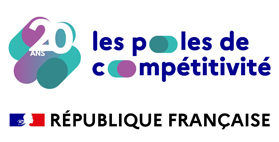

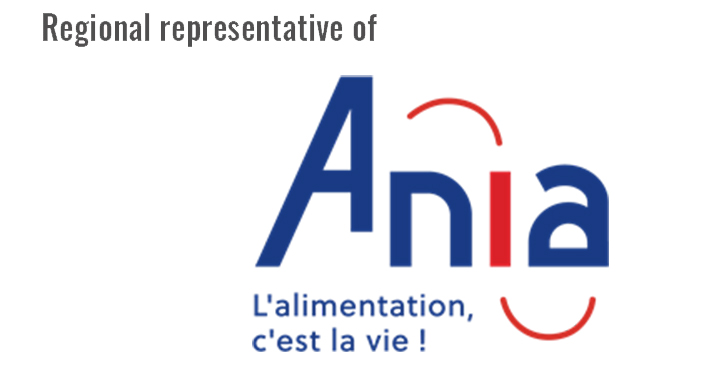
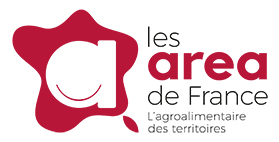

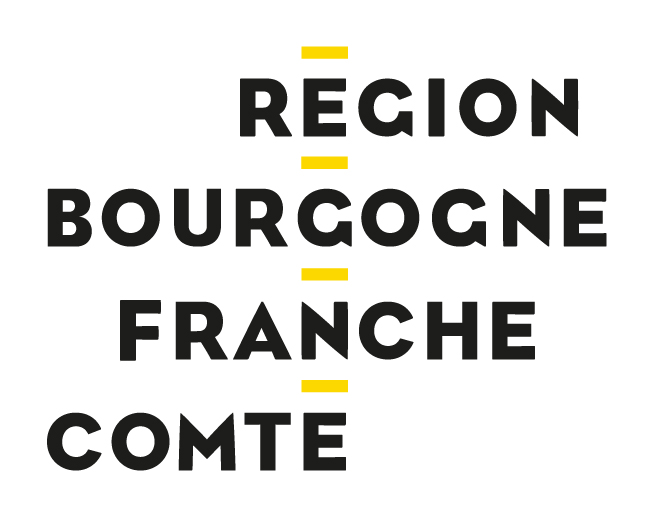
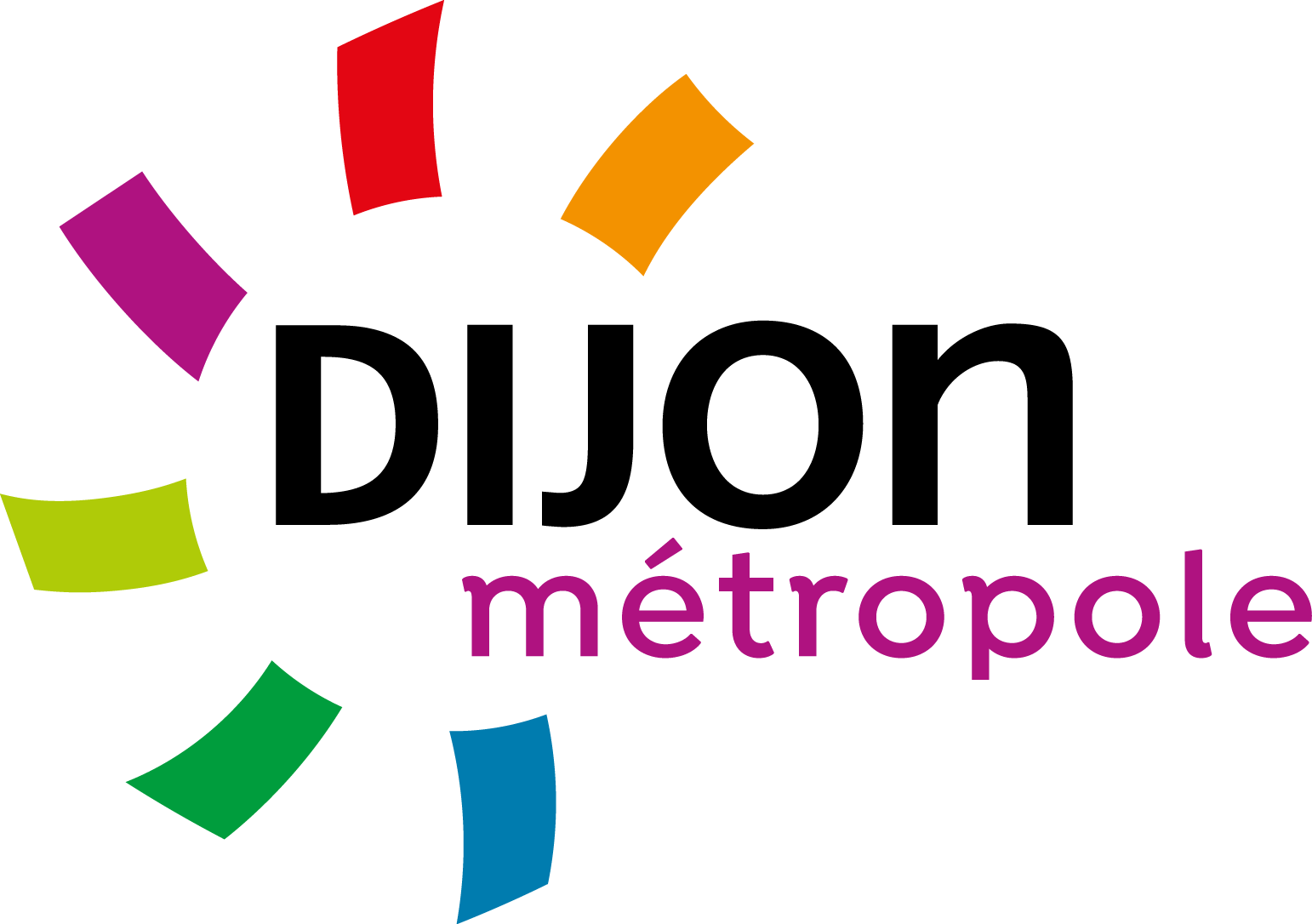









Share your opinion